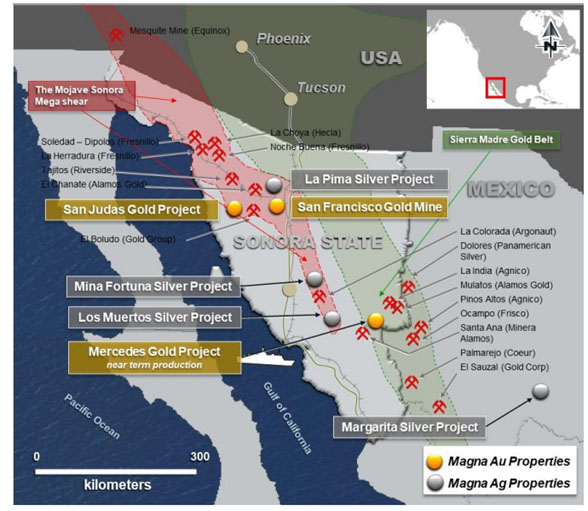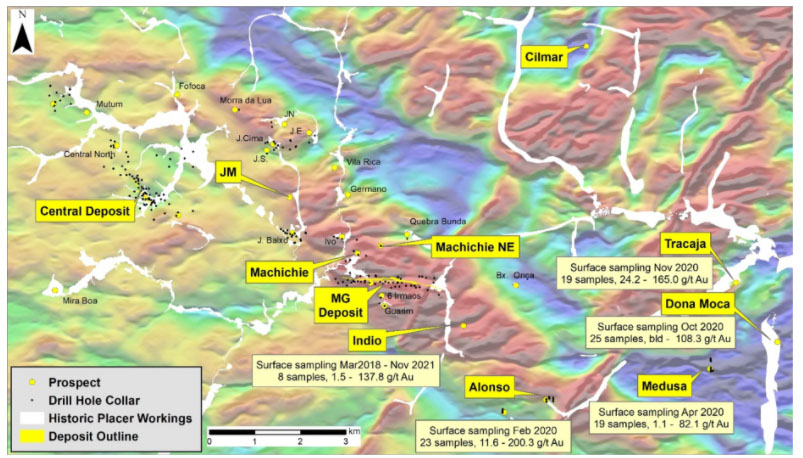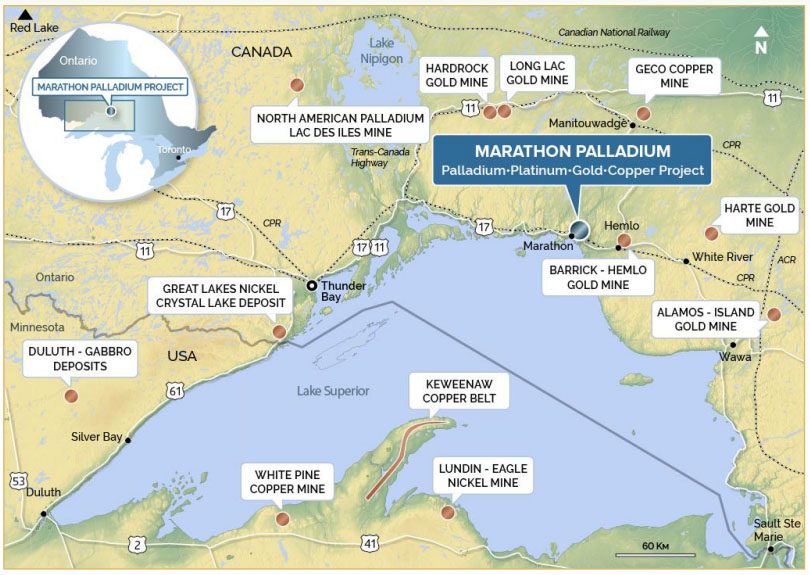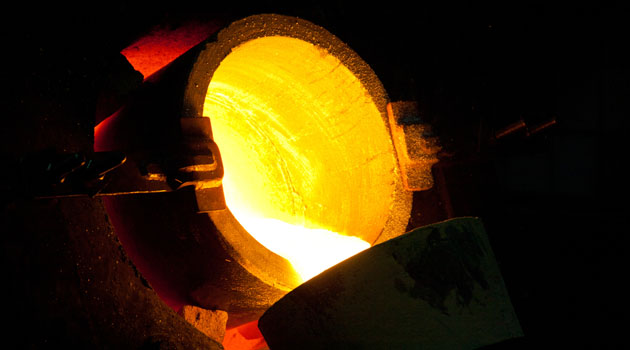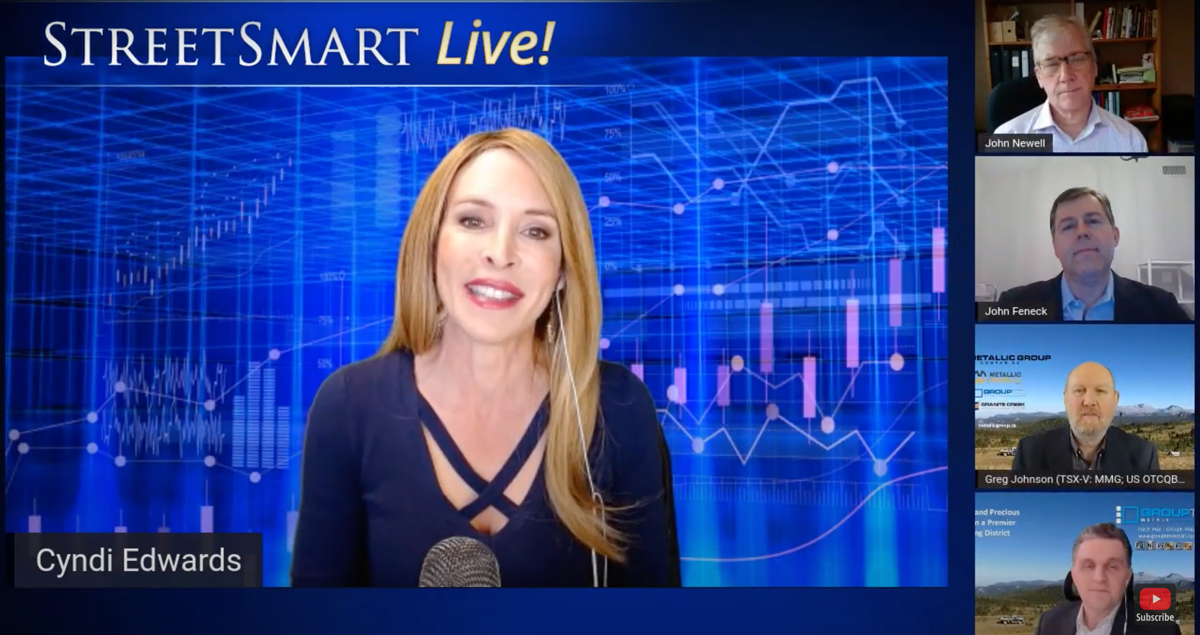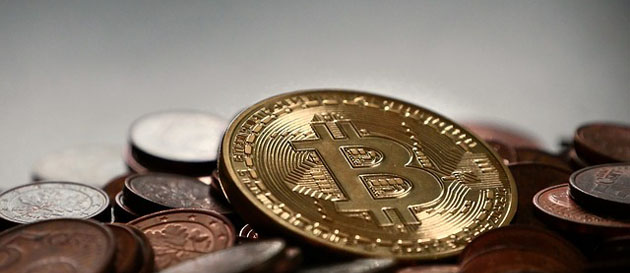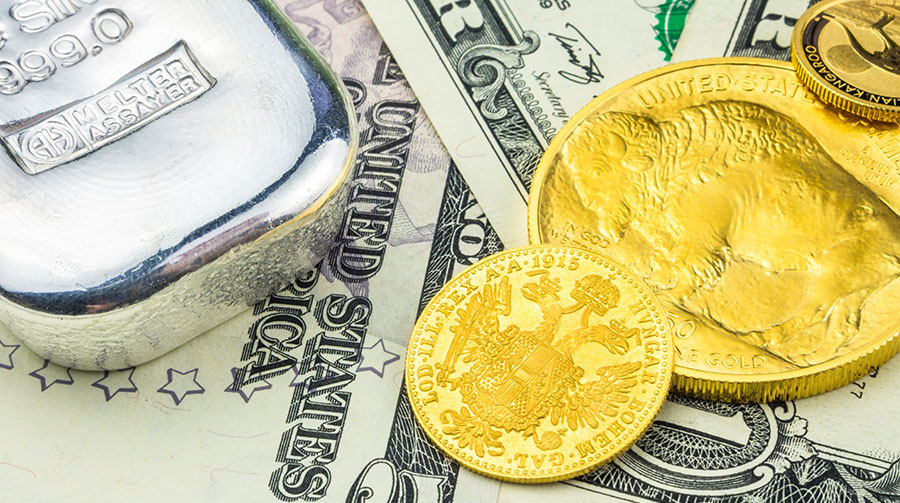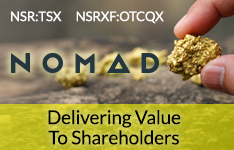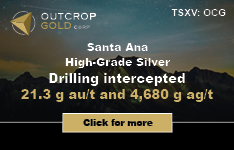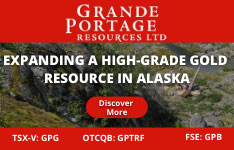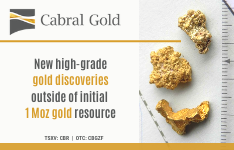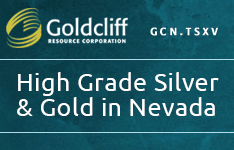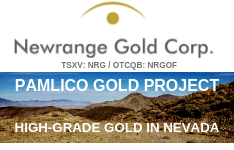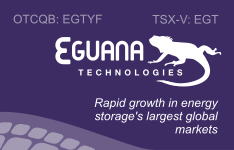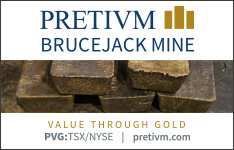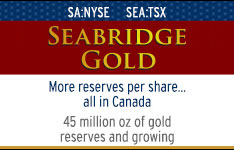The monthly Consumer Price Index (CPI) for All Urban Consumers survey shows a 0% change on "All Items" on a seasonally adjusted basis, but a drop in energy commodities (-1.9%) helped to dampen the numbers. The inflation picture is somewhat clearer when using annual comparisons between 2010 and 2011. The CPI increased 3% in 2011, compared to only a 1.5% increase in 2010. This doubling of the inflation rate was the largest December to December increase since 2007. Prices consumers paid for food at home increased 6% in 2011, up from 1.7% in 2010, with dairy and related products being the steepest increase at 8.1%.
Investor Insight: Will China Unleash More Stimulus and Boost Gold Prices?
Due to revisions in the Consumer Price Index over the years, such as hedonic and substitution adjustments, the inflation rate is often understated. John Williams from ShadowStats recently explained that if inflation was calculated the same way as it was right before 1990, the annual inflation rate in 2011 was about 6.3%. Using inflation reporting methods from before 1980, the annual inflation rate was almost 11% in 2011, compared to 9% in 2010.
Yesterday, investors purchased $15 billion (B) worth of 10-year Treasury Inflation-Protected Securities (TIPS) at a yield of -0.046%. It is the first time in the 15 years since TIPS were introduced that investors at auction purchased the securities at a negative yield. "It's a safe-haven play. It's all about the return of capital rather than the return on capital," said Richard Schlanger, a portfolio manager at Pioneer Investments USA. The total accepted bids for the 10-year TIPS compared to the amount offered came in at a ratio of almost 3:1. This represents the strongest demand since last March.
Don't Miss: Greece’s Rental Market Reaches New Level of Desperation
"The reason for TIPS buying as of late has been fear that the Fed's policies will lead to inflation further down the road," said fixed-income analyst Gennadiy Goldberg. The principal, or face value, of TIPS fluctuates with changes in inflation, in an effort to protect investors from a loss of purchasing power. However, TIPS are based on the current CPI, which as we discussed earlier, can grossly understate real inflation. As a result, some turn to gold and silver for inflation protection, even central banks, as they became net purchasers of gold for the first time in 20 years in 2010. Unlike current fiat currencies, both precious metals have survived thousands of years of global turmoil. Due to monetary policies over the past decade, gold prices have climbed from $250 to $1,660/oz today. Meanwhile, silver prices have surged from $4.50 to over $31/oz.
Even though gold and silver have experienced a remarkable move, it comes at the cost of the U.S. dollar. As nations continue to struggle with a global insolvency crisis, central banks continue to provide stimulus measures that devalue fiat currencies. A growing consensus of economists predict that the Federal Reserve is likely to inject another $1 trillion worth of easing to stimulate the economy. Such a move will provide yet another blow to the U.S. dollar, and another catalyst for higher gold and silver prices.
If you would like to receive more professional analysis on equity miners and other precious metal investments, we invite you to try our premium service free for 14 days.
Eric McWhinnie, Wall St. Cheat Sheet
To contact the reporter on this story: Eric McWhinnie at [email protected].


